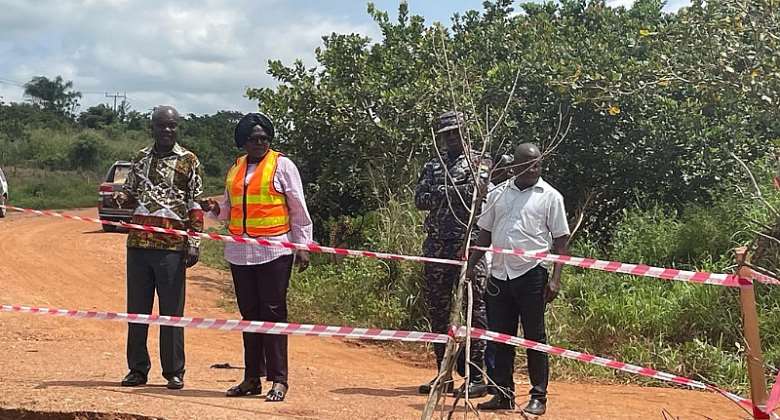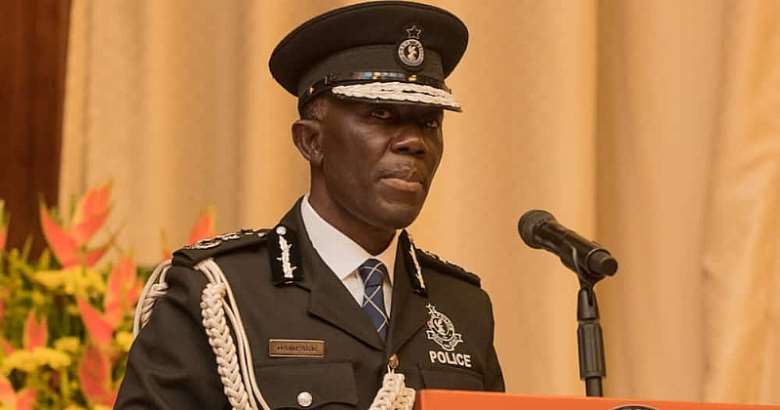The Korle Bu Teaching Hospital Eye Centre performed six successful cornea transplants last Tuesday.
The procedure was carried out in partnership with Dr Geoffery Tabin, a professor of Ophthalmology and Global Medicine at the Byers Eye Institute at Stanford in the United States of America (USA).
Tissues used for the transplant were received freely from donors in the USA, as were the surgical procedures.
Out of the about 30 people on standby for the transplant, the centre could perform the procedure on only six because there were not enough donors.
A cornea transplant (keratoplasty) is a surgical procedure to replace part of the cornea with corneal tissue from a donor.
The procedure at the Korle Bu Eye Centre was also used to transfer knowledge and skills to Ghanaian doctors, who should be able to perform the surgery when a donor regime and tissue bank becomes available in the country.
The Daily Graphic, which was one of the few selected media houses invited to witness the procedure, observed that a combination of instruments, such as the laser ablation, eye spud and forceps, was used to remove the defective cornea before replacing it with the donor cornea.
Speaking to the media after the last procedure, which took about 20 minutes, Dr Tabin said: “I am very happy that the six we did have been successful, except for one that had some complications, but we handled it.”
He said the patients were in good shape and everything should be back to normal with them in a couple of days.
“It took us about a full day to work on them and each procedure was between 20 and 45 minutes,” he said.
“Cornea issues can lead to blindness and we have a lot of them around. The youngest we worked on was 16 years. Everything was free, from the donors to operating on them,” he added.
Quality
Dr Tabin said he was impressed by the quality of doctors Ghana had, adding that “the enthusiasm doctors here show when it comes to the acquisition of knowledge in the eye field is commendable”.
Eye Bank
The Chief Executive Officer (CEO) of the Korle Bu Teaching Hospital, Dr Opoku Ware Ampomah, said it was time Ghana considered having an Eye Bank.
“We are making progress when it comes to correcting the eye; we have done a few. The only concern is that people don’t know about our capabilities. The expertise is available here; blindness can be cured here. What is left is the Eye Bank. This is a hindrance to the smooth running of these procedures,” he added.
Dr Ampomah said it took time and it was expensive too, adding: “Getting a donor eye from outside costs about $2,000. This means that only those who can afford it get the transplant.”
The CEO also said doctors at the Eye Centre underwent fellowship and exchange programmes to broaden their horizon.
Myths
He said it was time for the myths surrounding the donation of healthy body parts of dead people for such procedures to be discarded.
“Dead people are a good source of harvest when it comes to body parts or tissues, but the myths surrounding them should be discarded. It is not scary; I believe it is a good feeling knowing that the body tissue or part of someone you lost has given life to another,” Dr Ampomah said.
He said globally, such donations were done freely and willingly, without any monetary gain, a measure to discourage abuse.
Transplant procedure
A consultant ophthalmologist at the Korle Bu Eye Centre, Dr Gladys Fordjour, said although each case determined what procedure to use, there were some basic standards.
“First, you need to screen the cornea of the donor in order to make it clean. You also need to screen the host to make sure he or she is in perfect shape for the transplant before you work on him or her.
“When it is time to work on the patient, you sedate the eye, clean and drip it, measure the size of the cornea to ensure the tissues of both the donor and the host matched,” she said.
Subsequently, Dr Fordjour added, the old cornea of the host was removed and replaced with that of the donor.
She added that the medical team also monitored the host after the surgery because some eyes rejected corneas, while others needed special care.















